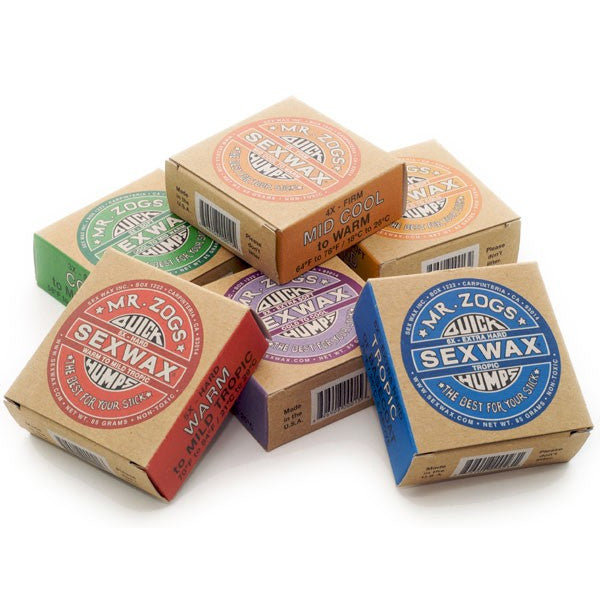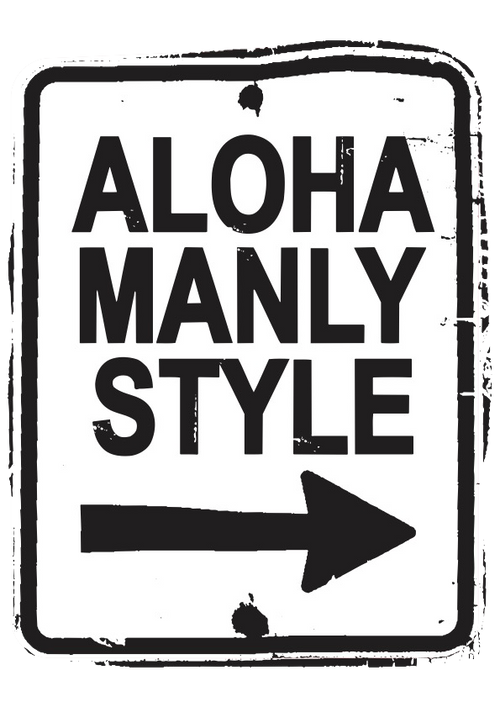**The Comprehensive Guide to Surfing Etiquette**
Surfing, while exhilarating, is as much about riding the waves as it is about respecting fellow surfers and understanding the unwritten codes of the ocean. In this guide, we delve deep into surfing etiquette, ensuring both beginners and seasoned surfers can share the waves harmoniously.
**Surfing ‘Right-of-Way’ Rules**
Understanding the right of way is crucial.
The basic principle? The surfer closest to the peak of the wave has the priority. However, there are exceptions:
- If two surfers are equal distant from the peak, the one who's been waiting longest typically goes first.
- For waves that break in two directions, the surfer who is on the inside (closer to where the wave is breaking) gets the priority.
**How to Avoid Dropping in on a Surfer**
Dropping in on someone is a cardinal sin in surfing. It's when you catch a wave without priority, cutting off another surfer. Here's how to avoid it:
- Awareness:** Always check your surroundings before catching a wave.
- Communication:** If in doubt, shout out. It’s better to clarify than to collide.
**Paddling Etiquette in Surfing**
Paddling out can be tricky, especially on crowded days. Follow these guidelines:
- Use the rip current or channels to paddle out, avoiding the main wave path.
- f you’re caught inside, try paddling parallel to the shore until you find a safer spot.
**Surfing Line-up Dos and Don'ts**
The line-up is sacred ground. Here’s how to navigate it:
**Dos:**
- Wait your turn. Respect the 'queue'.
- Maintain a safe distance from other surfers.
**Don'ts:**
- Avoid "snaking." This means constantly repositioning yourself to get into the priority position.
- Being overly territorial or aggressive can lead to conflicts.
**Respecting Local Surfers: Surf Travel Etiquette**
When you’re surfing in a new spot:
- Observe first, surf later. Understand local dynamics.
- Always show respect to local surfers. Remember, you're a guest.
- A simple hello can make a world of difference.
**Wave Sharing Guidelines in Surfing**
Sharing is caring, but with conditions:
- Communication is paramount. If you intend to share a wave, make sure the other surfer is aware and agrees.
- Always know when to pull out to avoid collisions.
**Communicating with Fellow Surfers in the Water**
Clear communication prevents misunderstandings:
- Common phrases include "Going left/right!" to indicate your direction.
- If you spot danger, such as a stray board, alert others around you.
**What to Do After a Surf Collision**
Accidents happen. If they do:
- First, ensure everyone is okay. Safety first.
- Get to a safe spot to discuss and assess any damages.
- Understand what went wrong to avoid future mishaps.
**The Importance of Apologising in Surfing Mishaps**
Apologies mend fences. If you’re at fault:
- Be sincere. Recognise your mistake and acknowledge it.
- Offer help, whether it’s with a minor injury or a damaged board.
- Use the experience as a lesson.
**The Unwritten Rules of the Surf Break**
Beyond the stated rules, surfing has its traditions:
- Don’t hog waves. Even if you can catch every wave, doesn’t mean you should.
- Offering a wave to someone else, especially if they’ve had a rough day, is a goodwill gesture.
- Respect seniority. Often, older or more experienced surfers get a nod of respect.
**Conclusion**
Surfing is a community, bound by a shared love for the ocean. Respecting these etiquettes ensures that every day in the water is a good day, both for you and your fellow surfers. Remember, harmony in the line-up leads to the best waves and memories. Surf safe and respect the oceanic code.


